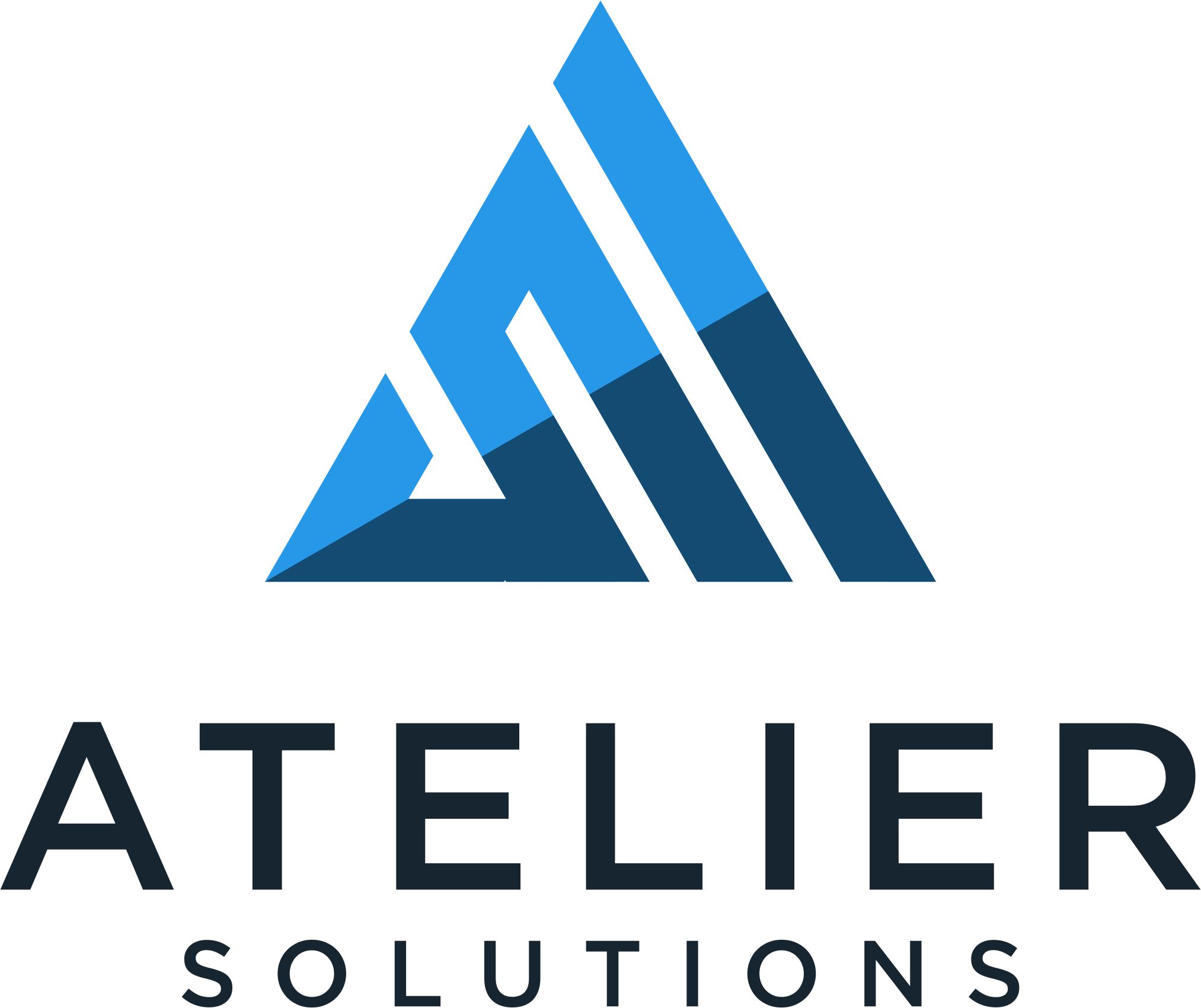When embarking on a new migration project, my process goes something like the following:
- Assess – Evaluate the current state and where my client wants to go with the project.
- Scope – Pare down the migration to focus on what gives the client the biggest bang for the buck with the least amount of business impact.
- Plan – Define the roadmap and plan to facilitate the migration to the target environment. This would include identifying possible points of contention with the migration and also identify where custom work will be required to facilitate the transition.
- Execute – Take the plan and make it work. Coordinate with the impacted business units on the points of contention, and get the custom integration/transformation work in place.
- Cleanup – Sever the temporary integrations put into place to facilitate the migration and decommission the old system.
This approach is similar to most IT projects ranging from a standard upgrade to cloud transformation. This is also very similar to an M&A activity. There are a few differences though:
- The assess phase is what happens during due diligence, and you may not have access to the information you need up front to be able to come up with a proper scope or plan. There is a time after the deal is officially announced (Day 0) where access may open up a little bit, but then politics will factor in much more.
- There will be more than one area of focus that must be accounted for, and not just from a technical perspective. Depending on the type of M&A activity, full on initiatives will be on the scale for absorption or removal along with the personnel.
- Governance and risk management will play a bigger factor in the M&A activity throughout all phases. Especially given the lack of information initially, planning will be critical.
- Additional service agreements between the units being absorbed will require a transition service agreement to ensure continued operation and access during the integration process.
- Financials play an even bigger role. There maybe a dedicated budget for the M&A activity, but that is just the beginning. Planning for that is based on how much you uncover during due diligence and the initial scoping discussions. These are refined and finalized once the deal is announced, and will be put into execution when the deal closes. Additionally, there is the expectation of a reduced IT budget at the end of the activity. Whether that comes form reduced number of licenses, cancelling redundant projects, etc. won’t matter. Just the target.
In other words, there will be quite a few more balls in the air to juggle than a single initiative, and they will have an impact across all lines of business. The main thing to always keep in mind is the ultimate goal of the M&A acquisition from the company perspective from a near term perspective, and what is the long term strategy.
Keeping an eye on both will act as your guiding principle through the due diligence, and ensuring any migration or transformation initiatives in progress with your company as well as the company being acquired move towards that new end state.
I am opening up a small number of slots where I will personally perform an initial assessment to gauge your readiness for your first M&A activity. Send me an email and I will send you the link.

